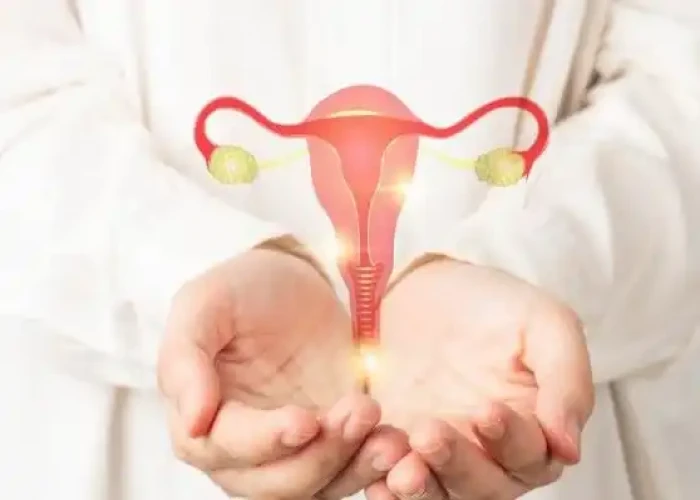 Welcome
Welcome
“May all be happy, may all be healed, may all be at peace and may no one ever suffer."
Rectal prolapse

Rectal prolapse occurs when the rectum, which is the lower part of the large intestine, protrudes through the anus. This can happen when the muscles and ligaments that support the rectum become weakened or damaged, allowing the rectum to push through.
There are several types of rectal prolapse, including partial prolapse (also known as mucosal prolapse), full-thickness prolapse, and internal prolapse. Symptoms of rectal prolapse can include a feeling of a bulge or mass protruding from the anus, difficulty controlling bowel movements, fecal incontinence, and anal pain or discomfort.
Treatment for rectal prolapse depends on the severity of the prolapse, as well as the individual's overall health and other factors. Mild cases may be managed with lifestyle changes, such as dietary modifications and pelvic floor exercises, to improve bowel function and prevent further prolapse. In more severe cases, surgery may be necessary to repair the damaged tissues and muscles and restore normal bowel function.
Prevention of rectal prolapse involves making lifestyle changes to reduce risk factors, such as maintaining a healthy weight, avoiding constipation, and engaging in regular exercise to strengthen the pelvic floor muscles. It is also important to seek medical attention right away if you experience symptoms of rectal prolapse, as early treatment can help prevent the condition from worsening and reduce the risk of complications.
Research Papers
Disease Signs and Symptoms
- Frequent bowel movements
- Constipation
- Diarrhea
- Bleeding from rectum
Disease Causes
Rectal prolapse
The cause for rectal prolapse is unclear. Though it's a common assumption that rectal prolapse is associated with childbirth, about one-third of women with the condition have never had children.
Disease Prevents
Disease Treatments
Treatment for rectal prolapse usually involves surgery. Other treatments include various therapies for constipation, including stool softeners, suppositories and other medications. There are a few different surgical methods for treating rectal prolapse. Your doctor will choose the best approach for you after considering your age, physical condition and bowel function.
Disease Diagnoses
Disease Allopathic Generics
Disease Ayurvedic Generics
Disease Homeopathic Generics
Disease yoga
Rectal prolapse and Learn More about Diseases

Vaginal cancer

Duodenal Ulcer

Pleurisy

Atypical hyperplasia of the breast

Syphilis

Orchitis

Ringworm (body)

Childhood obesity
rectal prolapse, রেকটাল স্থানচ্যুতি
To be happy, beautiful, healthy, wealthy, hale and long-lived stay with DM3S.
